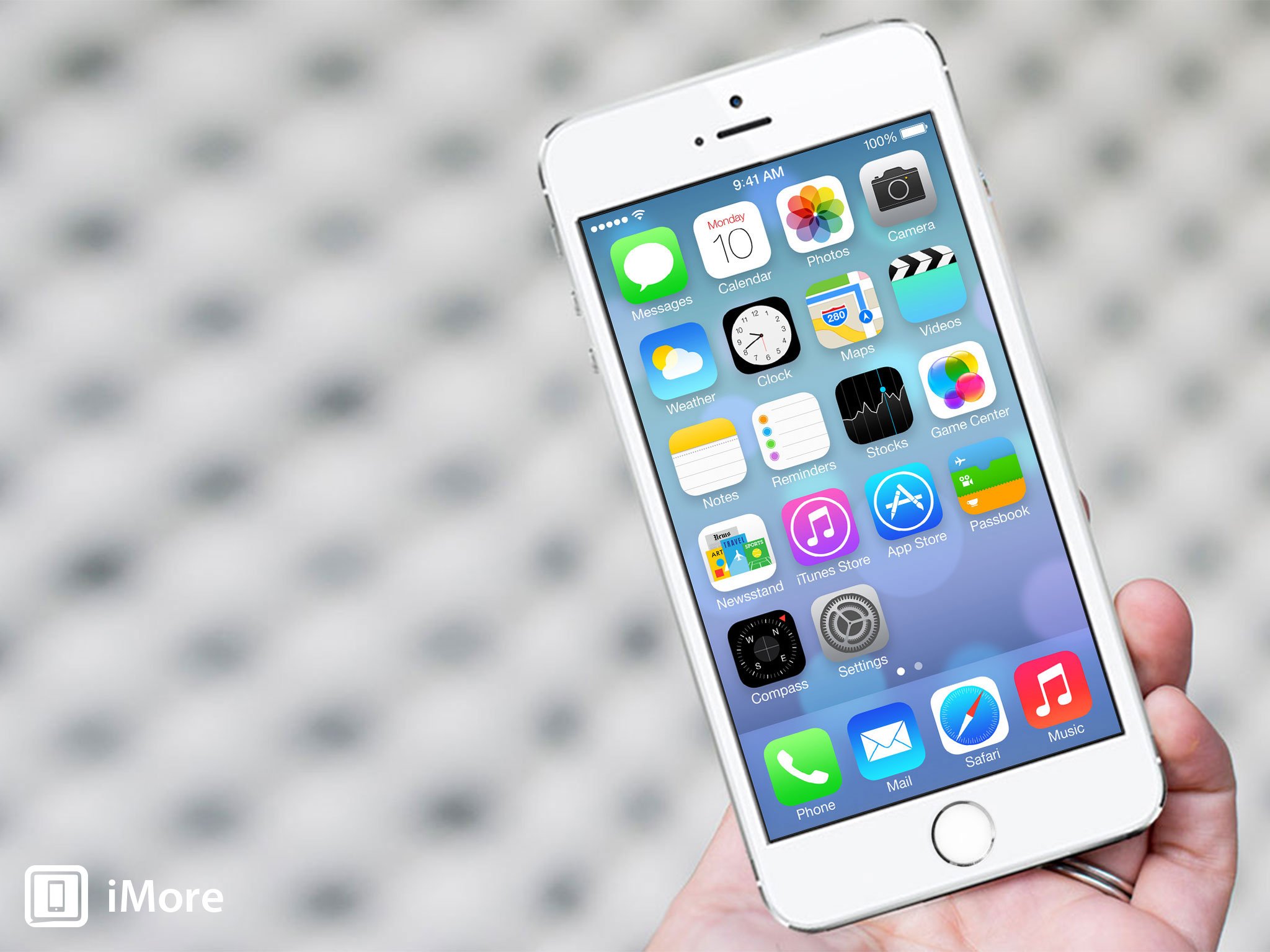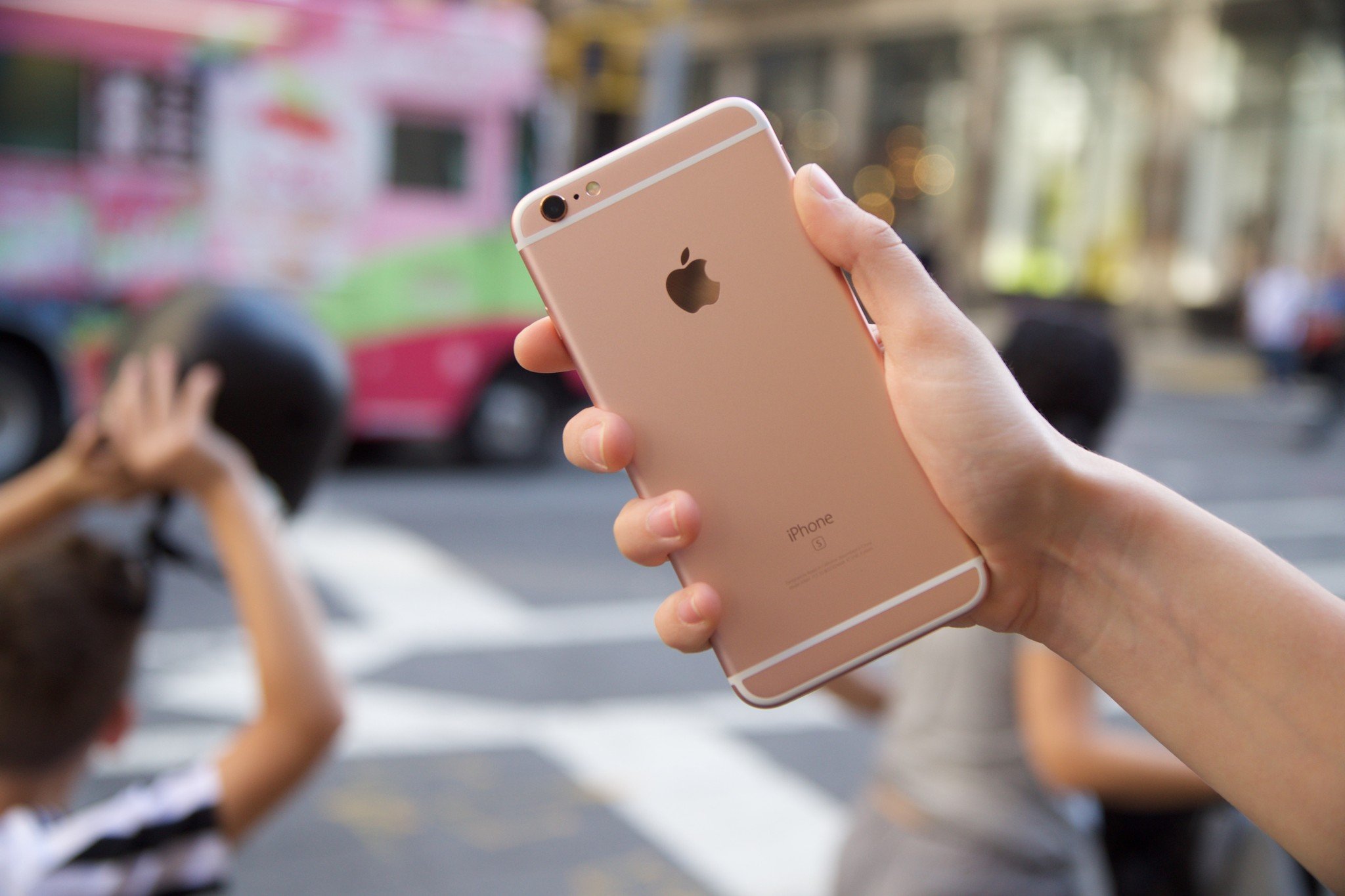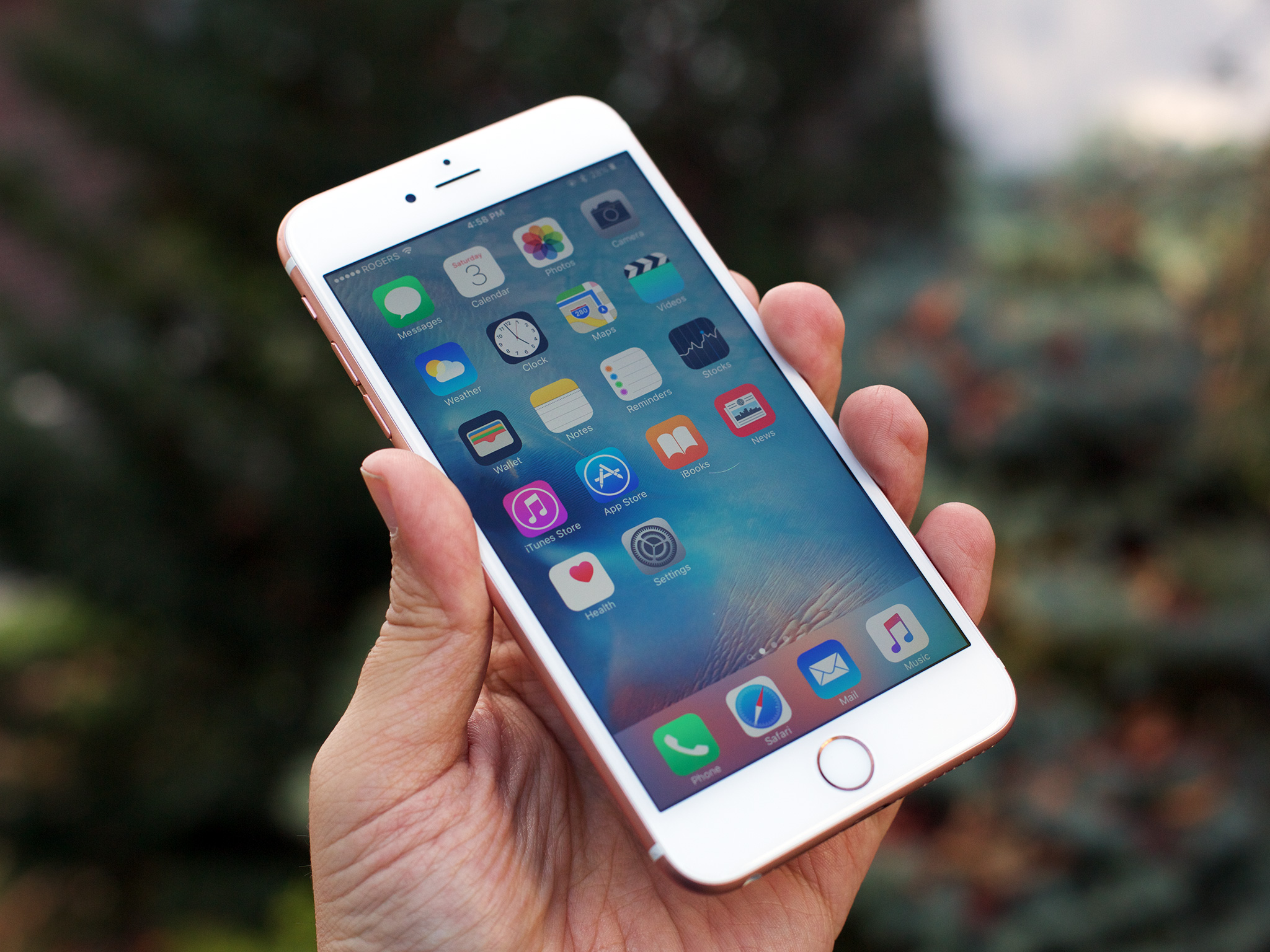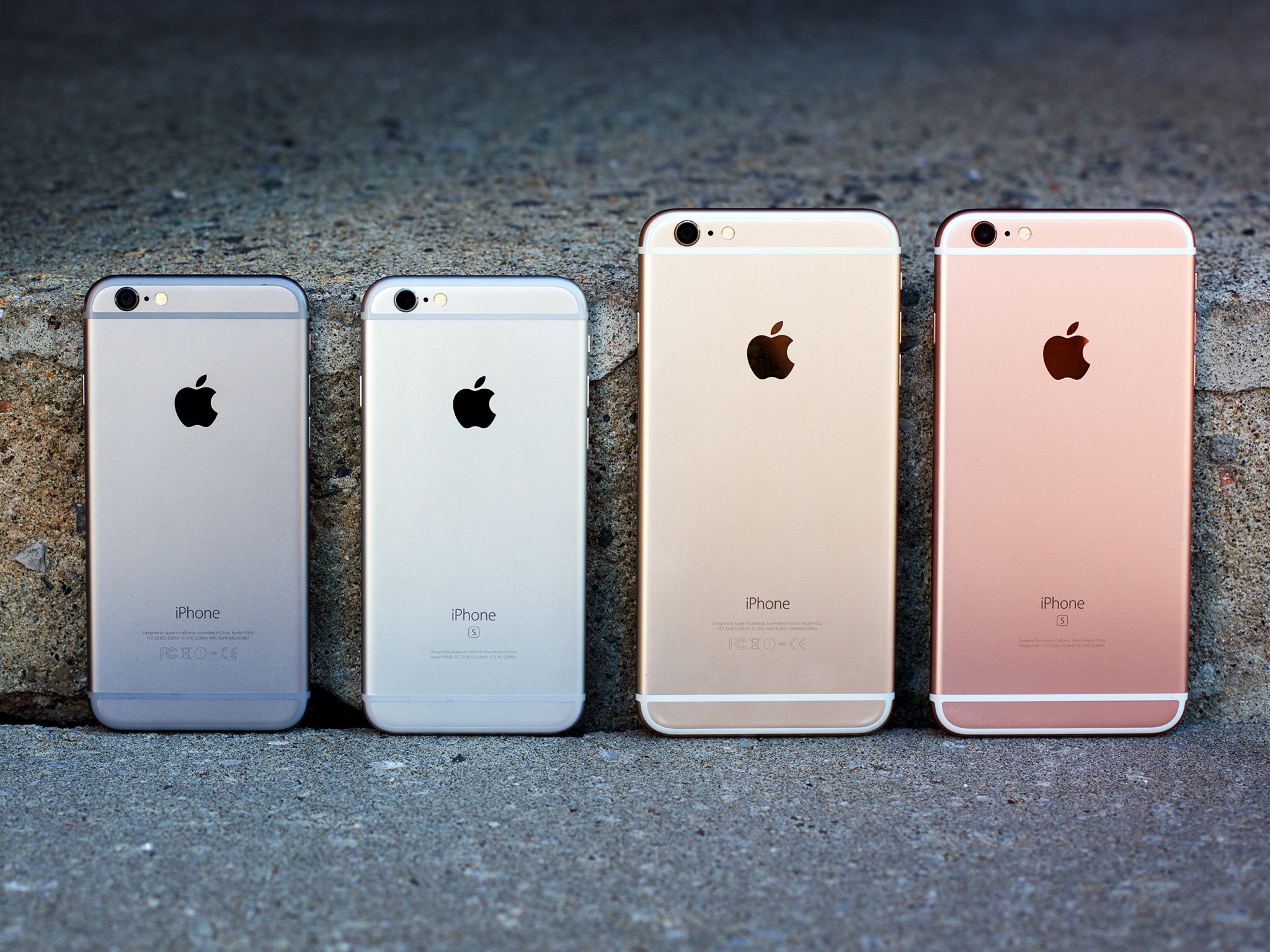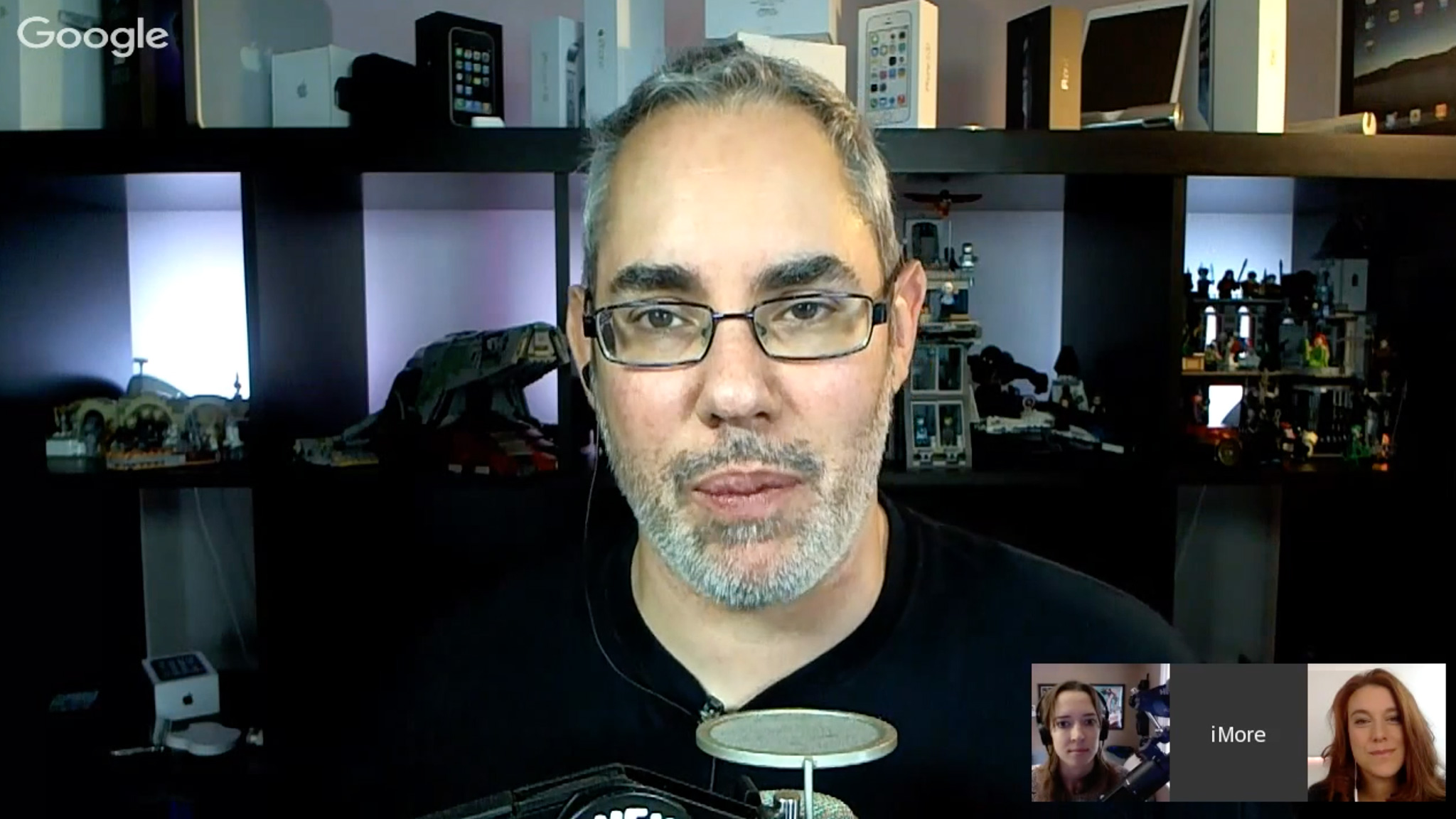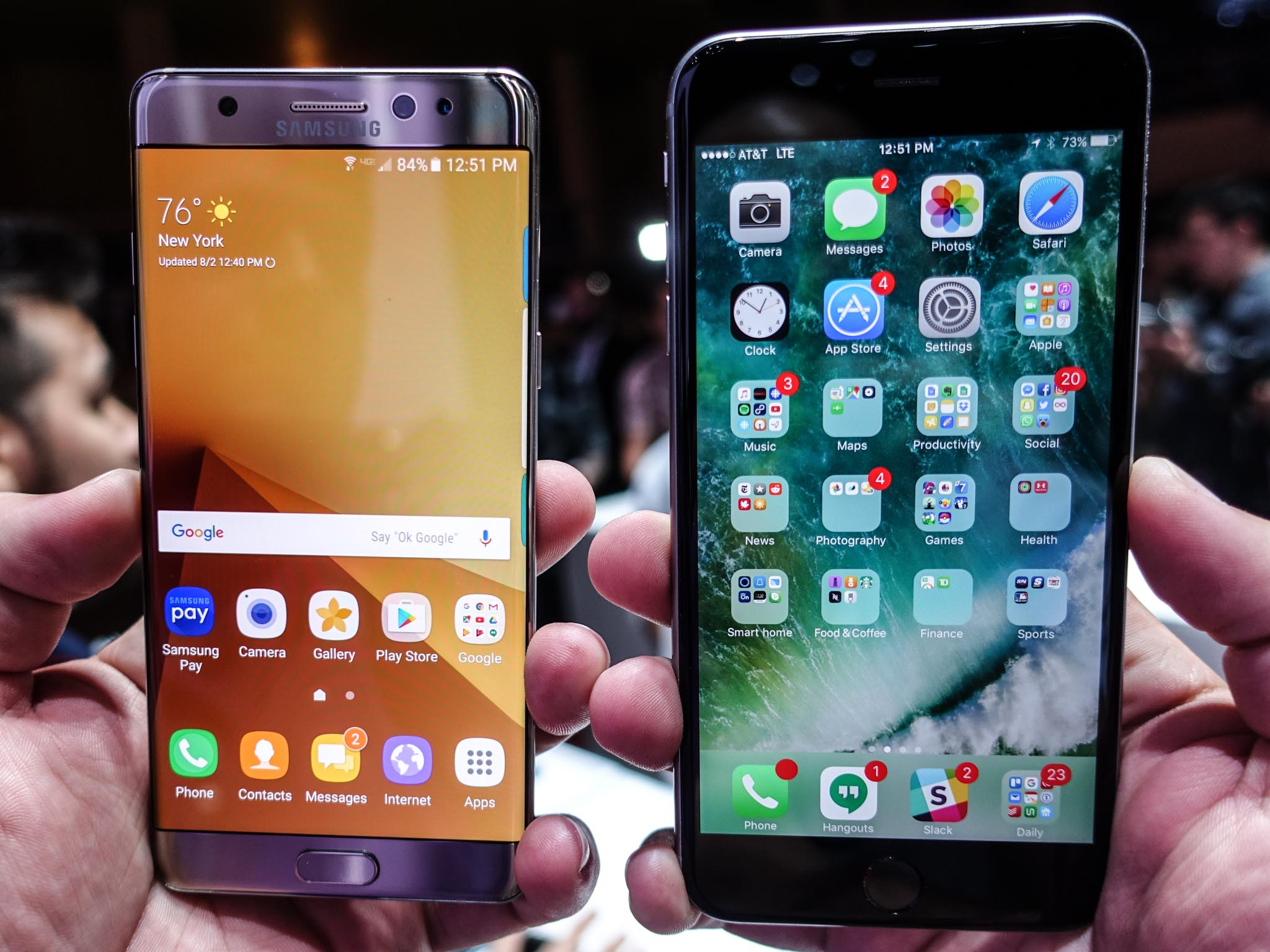Explore iPhone 6
Latest about iPhone 6
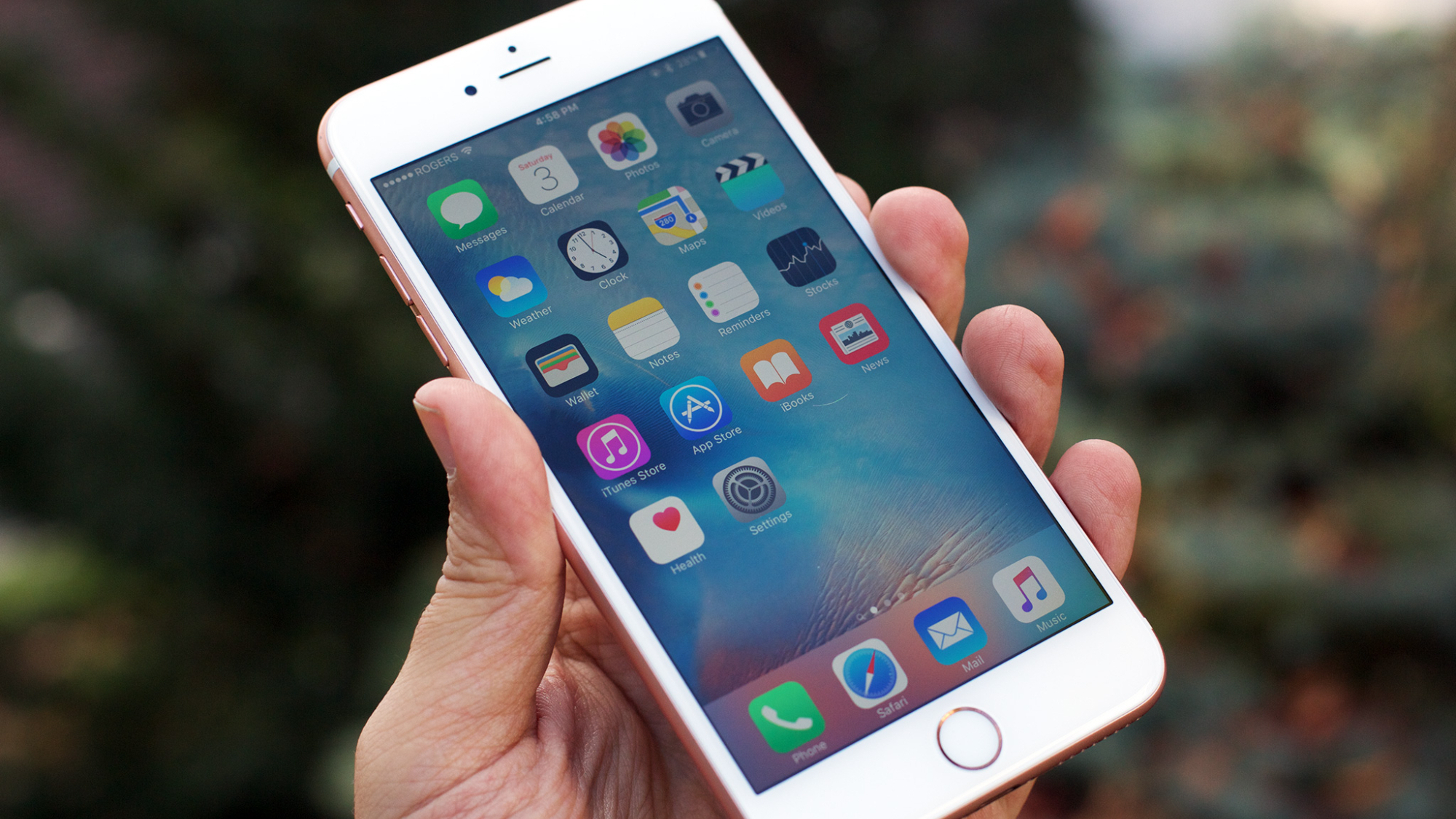
Has your iPhone batterygate check bounced? You aren't alone, and nobody seems to know why it's happening
By Oliver Haslam published
A woman has been unable to cash her batterygate settlement check after it was returned by her credit union, but the reason why is unclear.
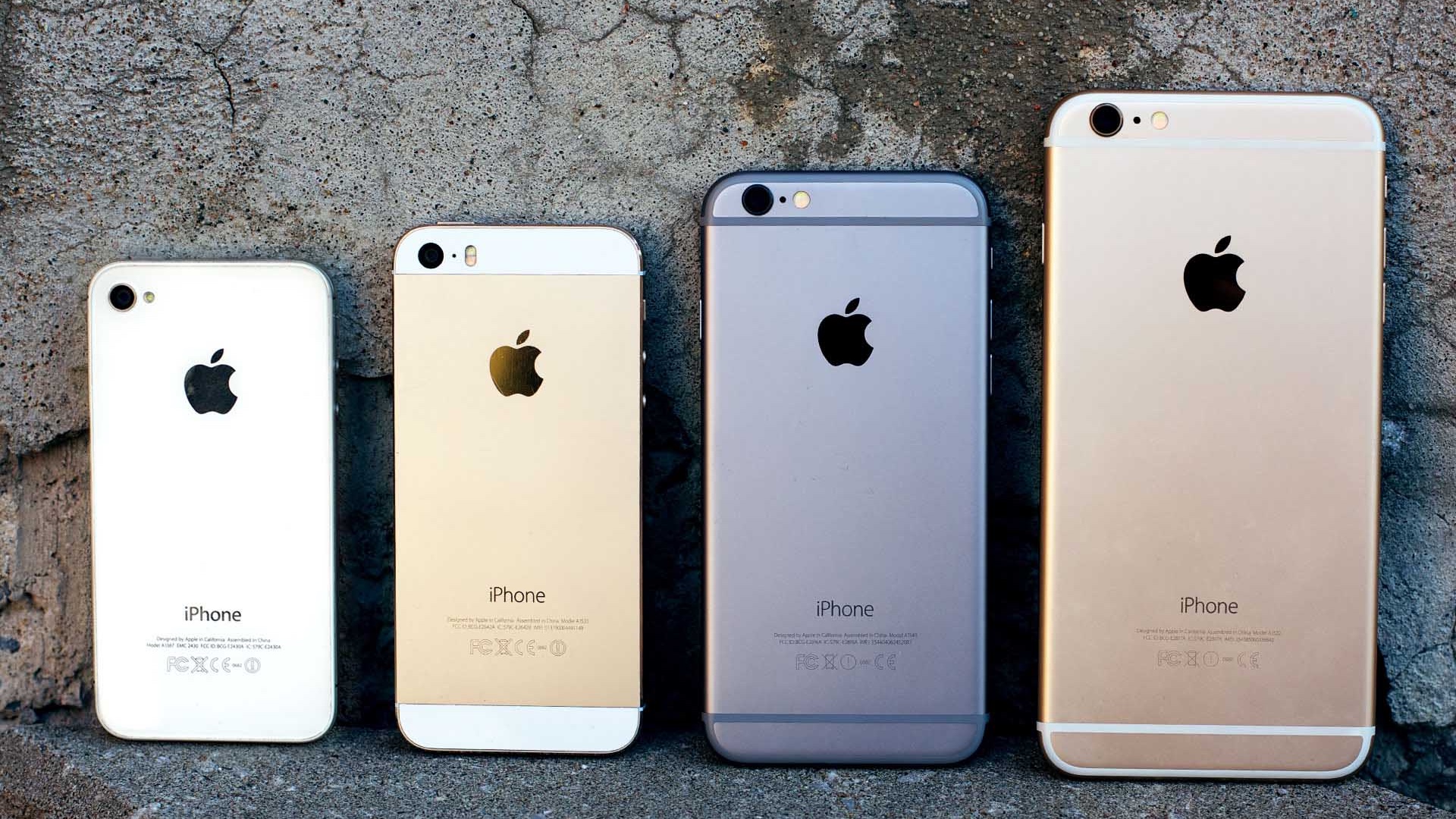
Time to upgrade — Your iPhone 6 Plus and iPad mini 4 are now obsolete and vintage, respectively
By Oliver Haslam published
Apple has added the iPhone 6 Plus to its list of obsolete products and the iPad mini 4 to its list of vintage products.
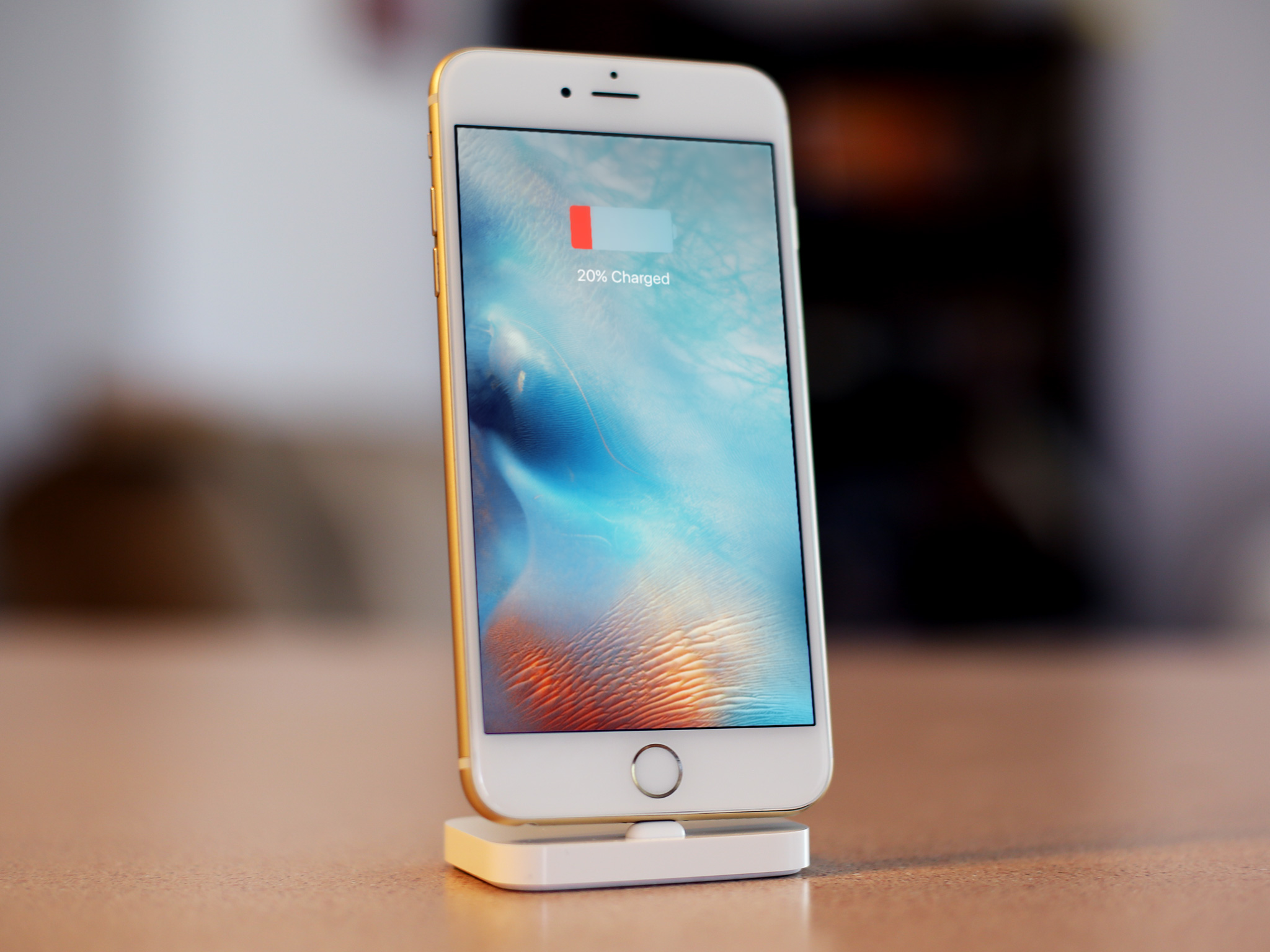
Captain America's iPhone 6s survived Thanos but now it's upgrade time!
By Oliver Haslam published
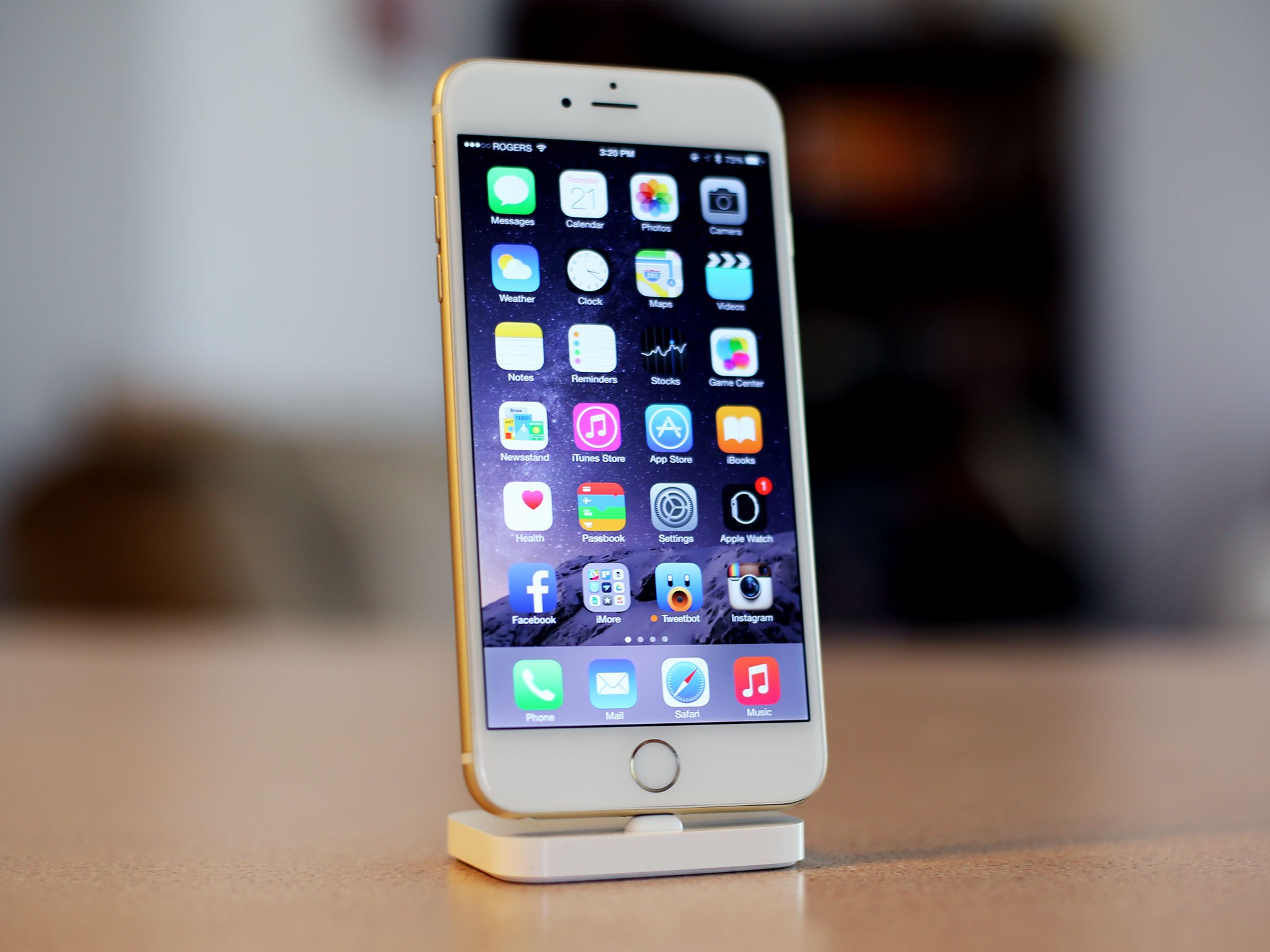
The aging iPhone 6 Plus is finally a 'Vintage Product' according to Apple
By Oliver Haslam published
Apple has finally added the aging iPhone 6 Plus to its list of vintage products more than seven years after it was released.
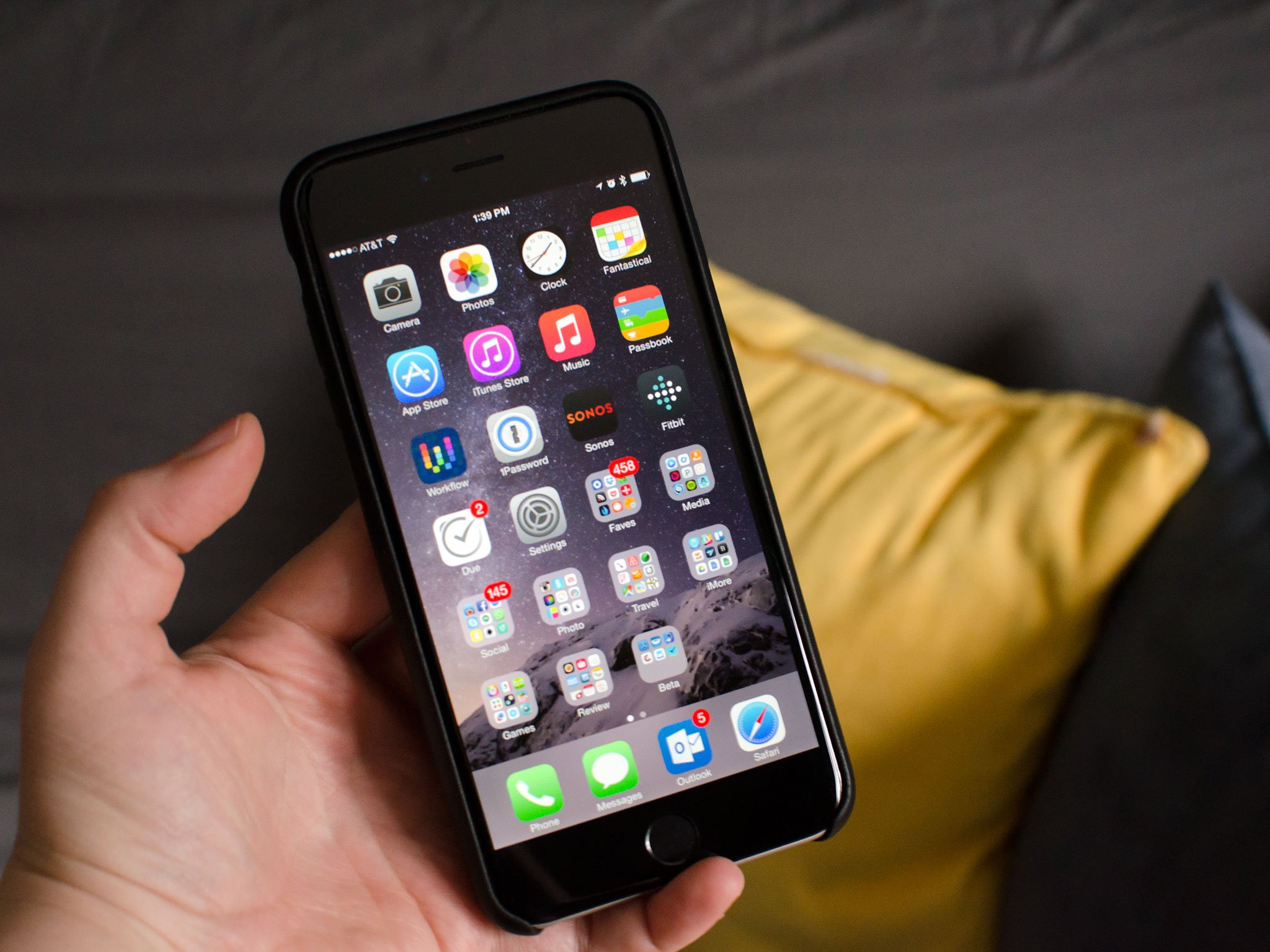
The iPhone 6 Plus will become a vintage product at the end of this year
By Joe Wituschek last updated
According to an internal memo, Apple is adding the iPhone 6 Plus to its list of vintage products on December 31.
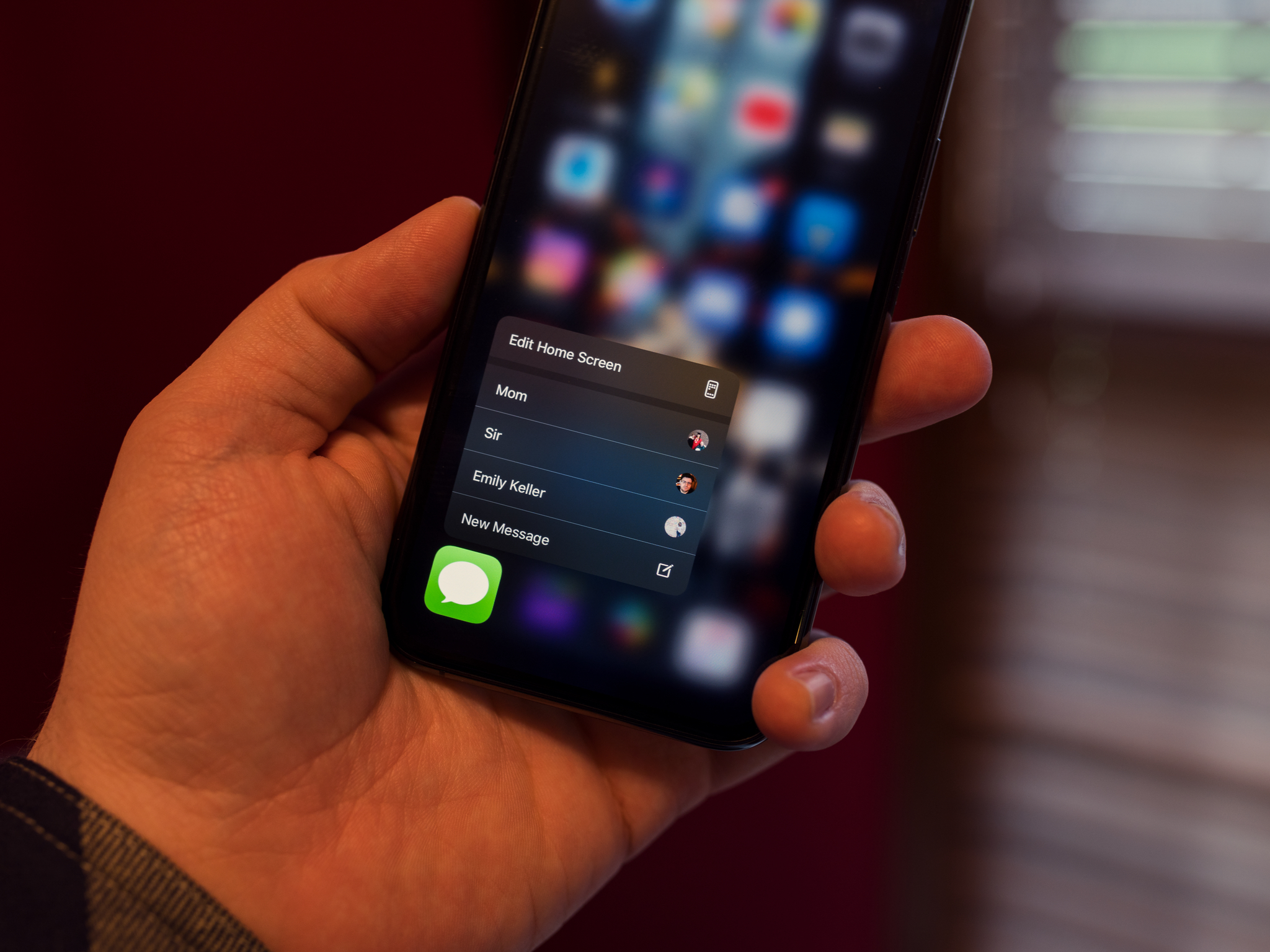
Haptic Touch: The Ultimate Guide
By Rene Ritchie, Joseph Keller published
How does Haptic Touch work? No more 3D pressing, but you trigger actions with a simple press-and-hold action.
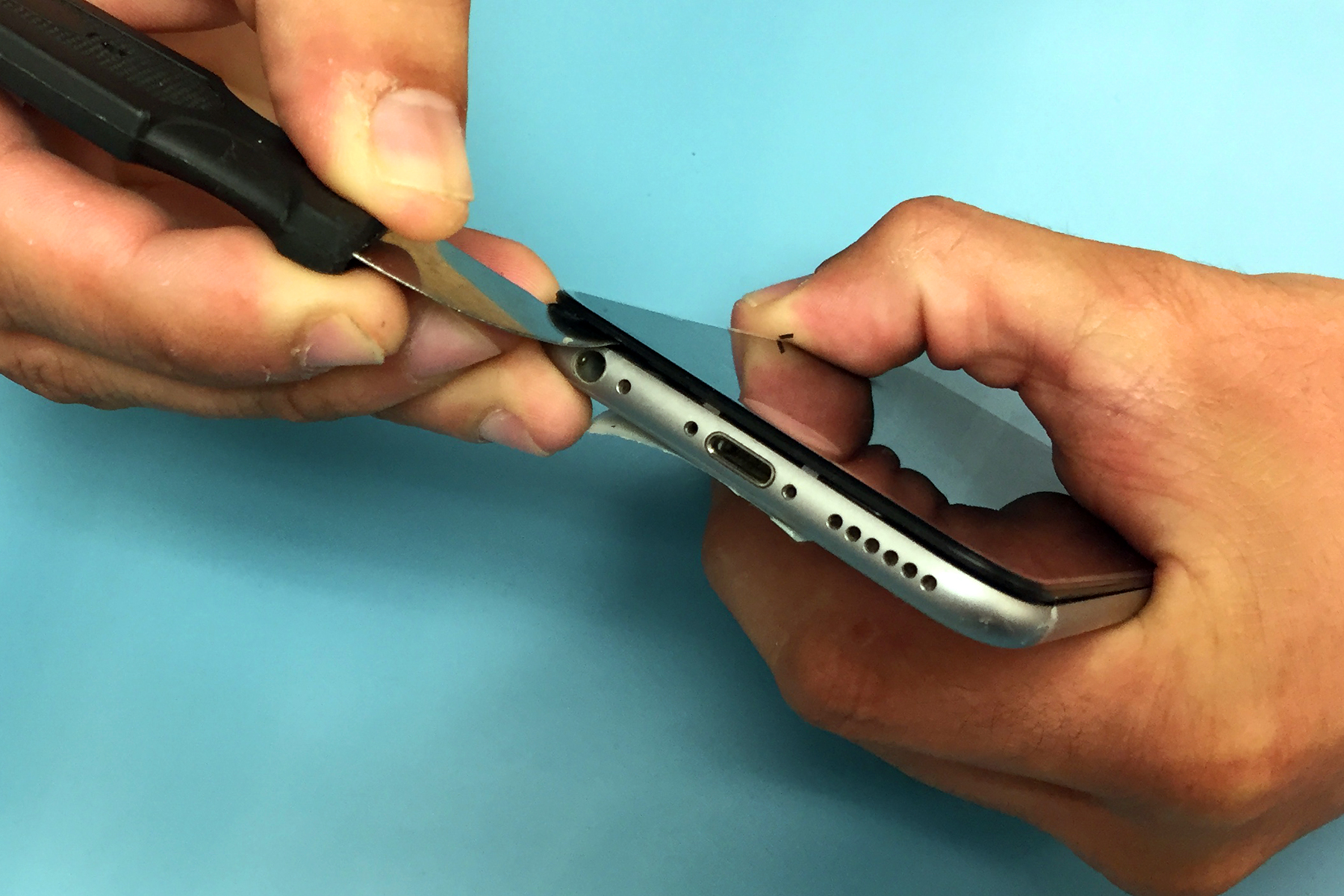
How to replace the iPhone 6 battery
By Chris Johncke last updated
Has your iPhone 6 battery been giving you problems? If you'd rather skip a visit to the Apple store, you can repair it yourself with a little patience and care.
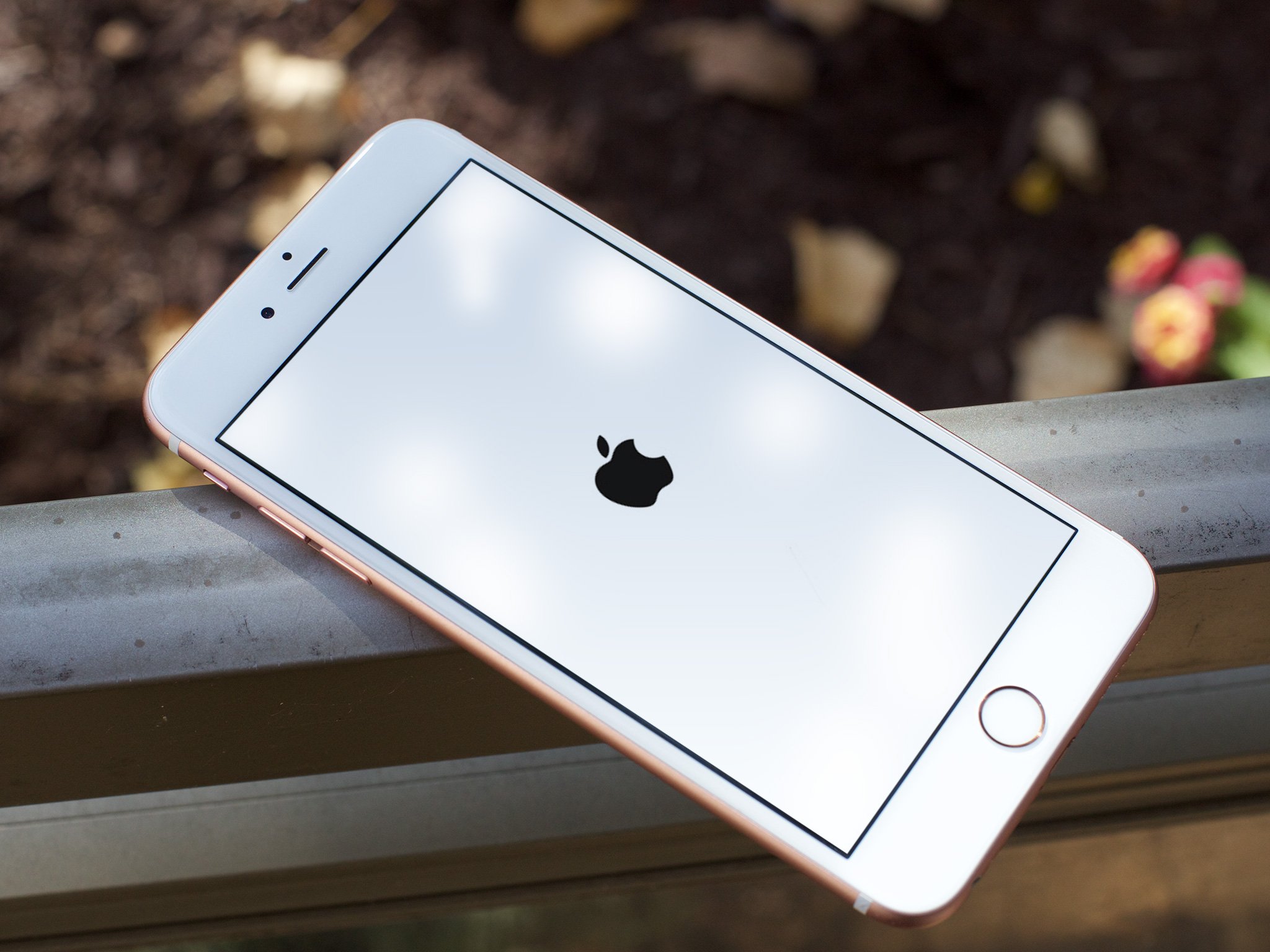
Apple's 'batterygate' settlement: Why getting your refund could prove difficult
By Bryan M Wolfe last updated
You'll need your iPhone serial number to cash in on the "batterygate" settlement offer. Finding this number isn't always easy.
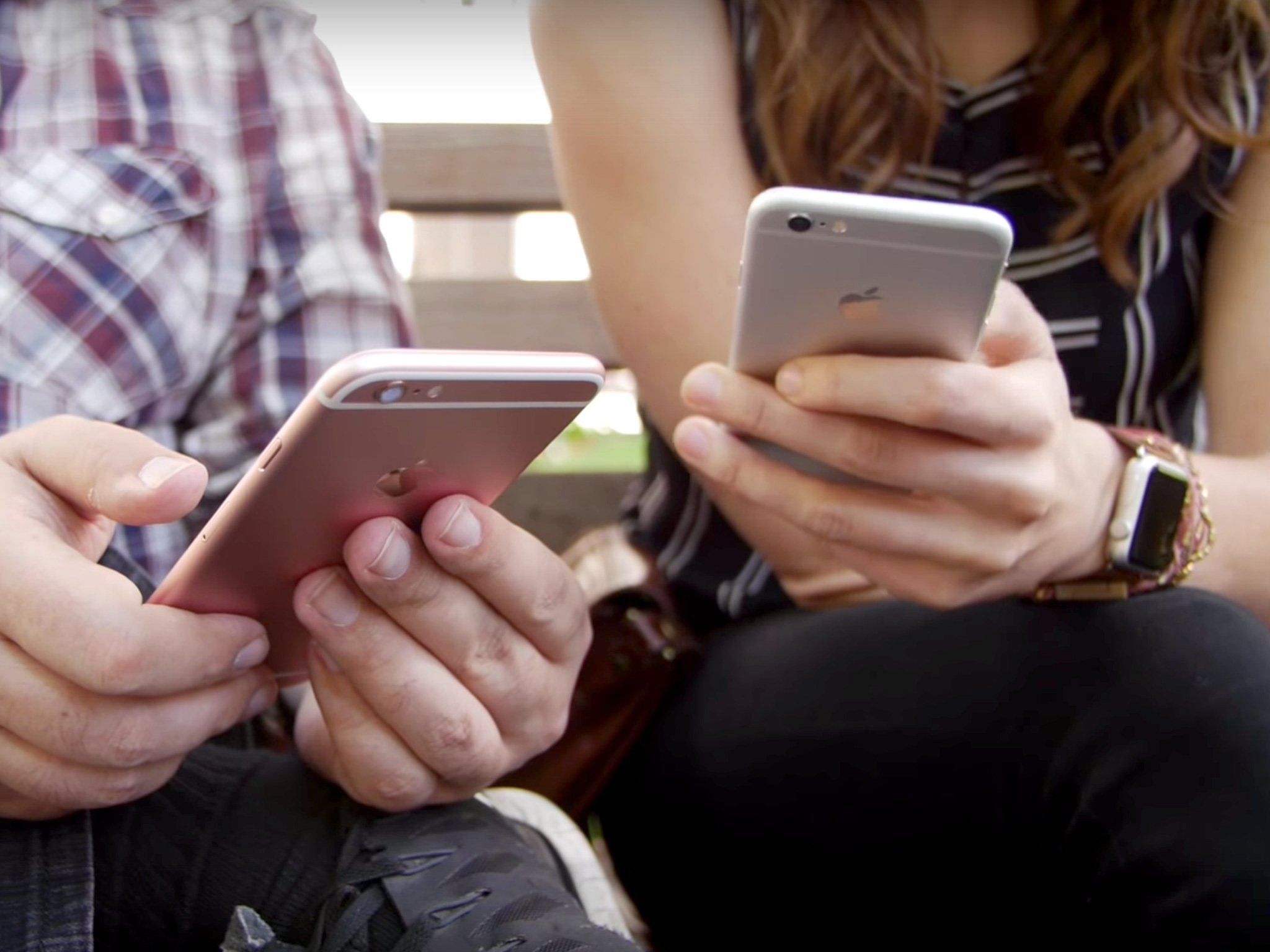
Cheap iPhone deal at Woot drops unlocked 64GB iPhone 6s models to $115
By Adam Oram published

Cheap iPhone deal at Woot drops unlocked iPhone 6s models as low as $80
By Adam Oram published
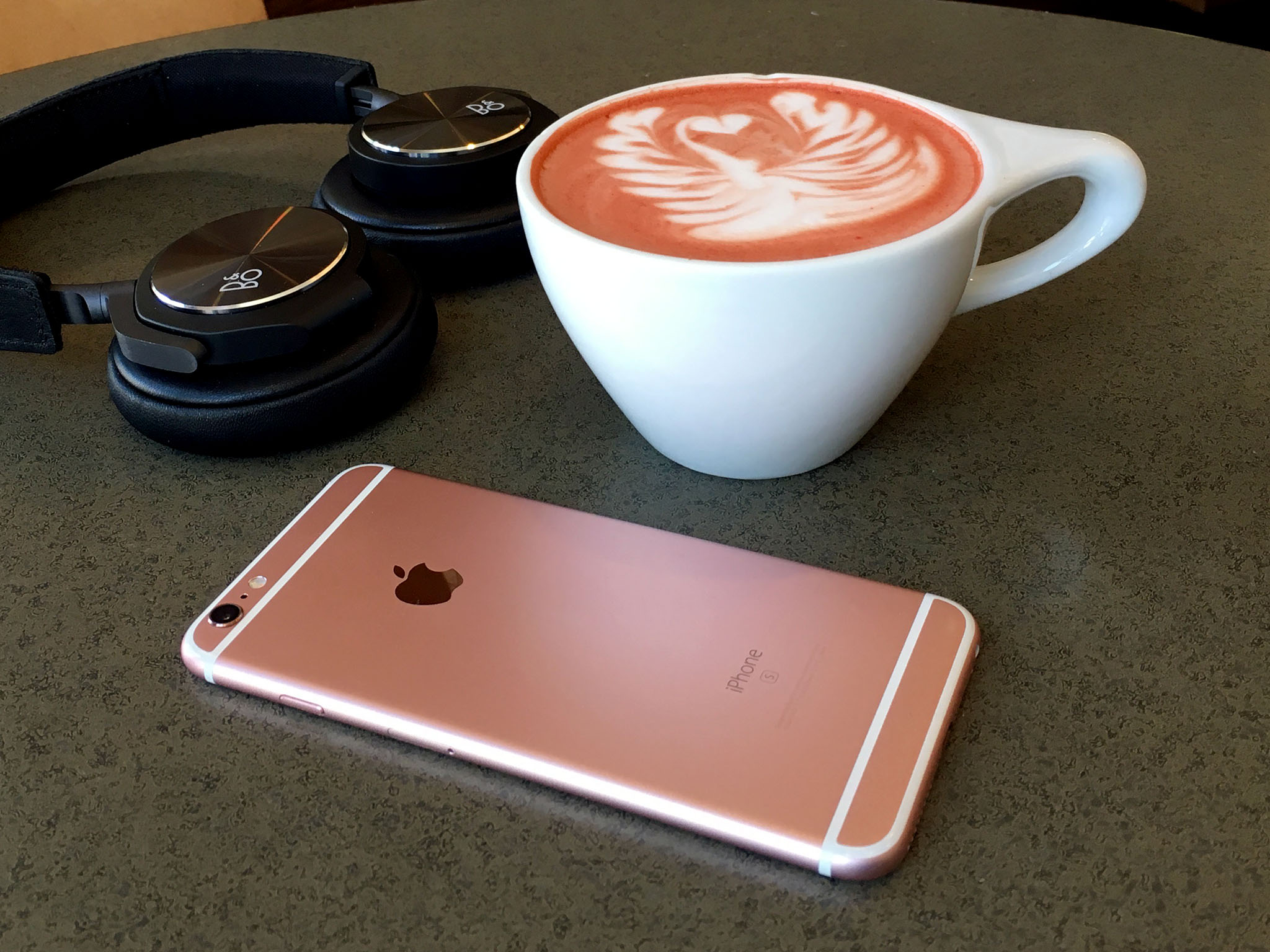
iPhone 6s and 6s Plus models that won't turn on eligible for free repair
By Brandon Russell published
Apple has announced a free repair program for some iPhone 6s and 6s Plus models that were manufactured between October 2018 and August 2019.

iPhone survived 15-month stay at the bottom of a lake
By Danny Zepeda last updated
A YouTuber found an iPhone that was dropped to the bottom of a lake and discovered it worked after spending 15 months down there thanks to protective water cover.
iMore offers spot-on advice and guidance from our team of experts, with decades of Apple device experience to lean on. Learn more with iMore!
